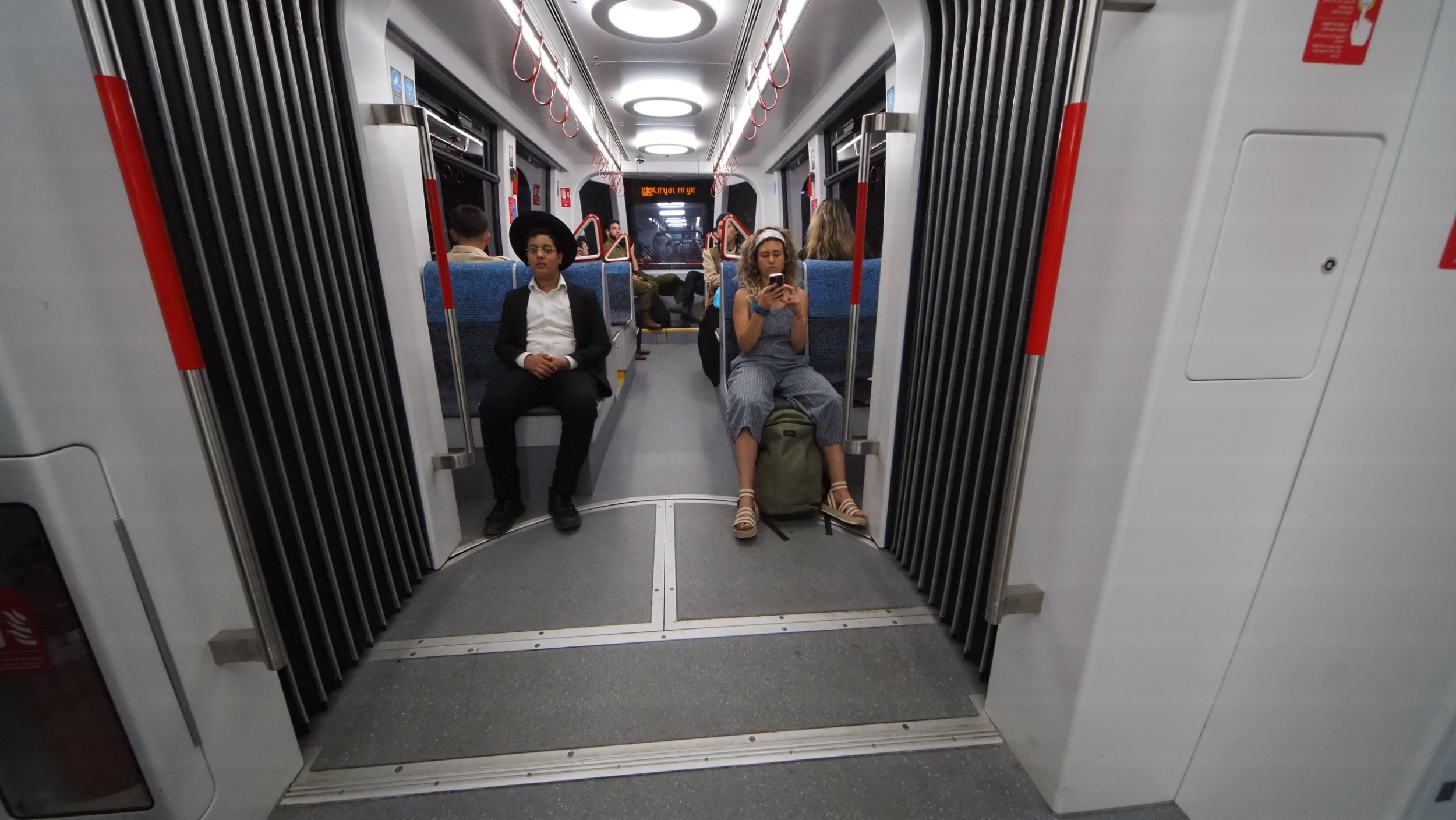Richard Sandler – My work was more than just street photography, it was a cultural critique.
Richard Sandler's work, like much outstanding street photography, is political, aesthetic, and emotionally evocative.
〰️
Richard Sandler's work, like much outstanding street photography, is political, aesthetic, and emotionally evocative. 〰️
Richard Sandler (b.1946, New York City), is a documentary and street photographer, filmmaker and amateur saxophonist. His still photographs are in the collections of the New York Historical Society, the Museum of the City of New York, the Brooklyn Museum, the Center for Creative Photography and the Houston Museum of Fine Art, among others. Sandler has been awarded fellowships from New York Foundation for the Arts and the John Simon Guggenheim Foundation for his work in still photography and filmmaking.
photo: Harvey Wang
Richard Sandler's work, like much outstanding street photography, is political, aesthetic, and emotionally evocative.
In his own words, “my work distilled everything that I felt about colonialism, class, race and economics. More than just street photography, it was a cultural critique.”
“Street photography is challenging and rewarding. Creating strong images of people in motion requires athleticism and good footwork. I approach street photography intuitively, by being experimental and taking risks, by dancing on the verge of failure.”
His mother, Harriet Priestly, was a radio and television actress, and his god-father, Allen 'Duke' Ducovny, was the first writer, director and producer of Superman on radio in the 1940’s. Sandler's life took a turn when he met Salvador Dali in a 4-star French restaurant in 1959; this encounter planted a seed that would bloom when he started photography two decades later.
In 1968, he moved to Boston, and in 1977, he started taking photographs. That summer, he attended a transformative workshop taught by Garry Winogrand. In his own words, "I watched Winogrand like a hawk and learned in one weekend most of what I needed to become a street photographer too.” In 1978, Richard managed the darkroom at the Massachutts Institute of Technology one night a week. In return, he was allowed to attend the insightful lectures there, given by the great photographer, Charlie Harbutt, the president of Magnum Photos and a very respected educator and photography writer.
These opportunities led to him to receiving excellent photojournalistic assignments from the Boston Phoenix, the Real Paper, and Boston Magazine. However, by the end of the seventies, Boston had become too small for Richard and he moved back home to New York City and began freelancing for the New York Times and other N.Y.C. publications; all the while shooting on the N.Y.C. streets.
Sandler's work presents a gritty, humorous, intelligent, and thought-provoking portrayal of city life. He captures both the joys and stresses of urban living, often depicting a darker view of the city and highlighting its harshness, fear, and tough realities. While there are lighter moments in his subjects, the overall tone of his work conveys a sense of seriousness and roughness, mirroring the gritty nature of city life. He frequently utilises very short focal lengths, such as 28 mm, to distort perspective and add drama to his compositions. This technique exaggerates the foreground and makes the background appear to shrink, emphasising proximity and including many elements in the frame.
Sandler’s first book, “The Eyes of the City,” was published in 2016 and a second book, “N.Y..C., in a Minor Key,” is in the works.
In 1992, Sandler began shooting documentary video, which resulted in an N.Y.C. trilogy: "The Gods of Times Square," (1999), “Brave New York,” (2004), and “SWAY” (2006). All three videos have been recognized with film festival awards and theater screenings.
“The Gods of Times Square” will be presented on “The Cruterion Channel” for the whole month of July, 2024.
















































